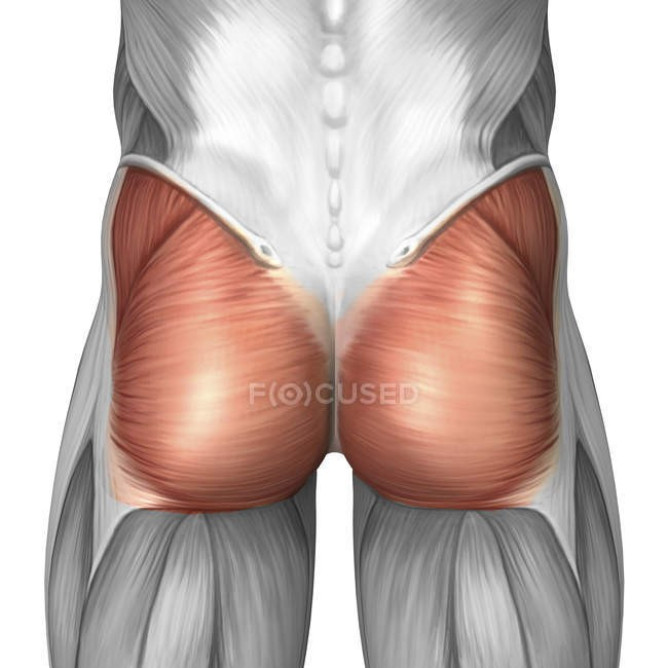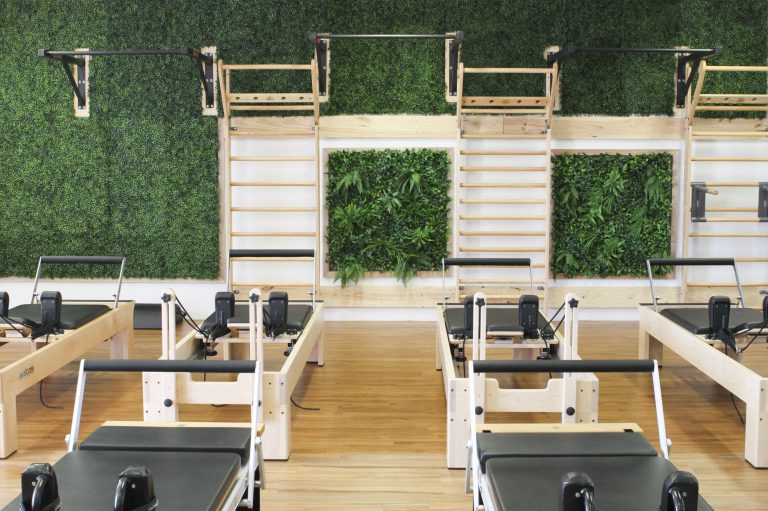Are your gluteal group muscles just not coming to the party? Do you find when you exercise all you feel is the quad burn and back aching. Unfortunately for the big muscle that the buttock muscle is, it often seems to offload it’s distribution to our other muscles and joints. This results in several different injuries occurring in the lower limb because the muscles and joints struggle to cope with the added load. Here at Ellenbrook physiotherapy we are here to help. Here are 5 common exercises we give our patients to help manage this impairment.
What causes the gluteal group to be weak?
Our workplaces are getting us desk bound. Having a 9-5 job where you are sitting the whole time causes tightness in the front of your hips and stretches out the gluteal muscles. Over time your body will become accustomed to this position and the glutes will no longer activate like they are supposed to. Driving to work daily will also contribute to this.
It’s not just office workers though. Even athletes and people who exercise regularly can have dormant buttock. Running typically works the hip flexors, hamstrings, quadriceps, and calves more than anything else. Most runners do not do enough strength training let alone work on strengthening the glutes. Gym-goers are great at exercising the back, legs and upper body, but not great at targeting the glutes specifically.
How might weak gluteal group be affecting me?
The main areas that can be caused discomfort are:-
- Hip: The hip itself can be affected by weak gluteal group as it can cause issues such bursitis and tendonitis to occur. When you go through rapid load changes or heavy exertion and the gluteal can not tolerate such changes, excessive force can be placed on the bursa and tendon structures, resulting in those awful aches in the lateral hip we all know too well.
- Lower back: The gluteal is a hip extender and stabiliser. When they are under active, the lower back must work harder to pick up the slack which can cause discomfort.
- Knee: Ever experienced those knocked knee feelings? This may be a result of the gluteal group. One of the gluteal main roles is to externally rotate the hip out. This means the knee would be nicely over toes when weightbearing.

- Bridge
Lie on your back.
Bend both knees and place your feet flat on the bed.
Tilt your base of pelvis towards the sky.
Lift your buttocks from the bed, pushing through your heels.
Place your buttocks back on the bed. Leading from the back down to pelvis.
Repeat this exercise and remember to continue to breathe properly.
If you struggle to get activity behind the legs, move the heels closer to buttock and lift your toes. You can also use a band to push hips apart.

- Clamshell
Lie on your side with your feet, ankles, and knees together, ensure the hip are on top of one another and your pelvis rolled forward.
Bend the legs a little and tighten your core muscles.
Keeping the feet together, lift the top knee up.
Make sure you do not roll your body back with the movement.
Control the movement as you bring the knee back down to the starting position.

- Crab walk
Place a band around your ankles and gather some tension.
Side-step keeping constant tension on the band. Promoting a small bend at pelvis can help bias the gluteal group.
Make sure you do not bring your feet too close together or step too wide and keep your toes and knees pointing slightly outwards, with knees tracking over outside of toes.
If heavy activation is felt on the outside of the thigh rather than hip change position of band around arch of foot.

- Split squat with raised foot
Stand with your back to the step and place one leg onto the step.
Make sure there is a large distance created between your front foot and your back foot.
Place a stick behind your shoulders for balance if you need it.
Bend your knee, dropping your hips straight down towards the ground, and then straighten back up.
Try to keep your front knee in line with the centre of your foot as you bend it.

- Single leg Sit to Stand
Sit up straight with your buttocks to the edge of the chair.
Lift one foot off the ground and keep it in front of you.
Keeping your affected knee in line over your toes, stand up by pushing down through your heel until you are completely upright.
Try to do this exercise without using your hands.
Hold this position and then gradually sit back down by initiating backward movement of pelvis by sticking your buttocks out and backwards.
Control this movement to ensure you are not having heavy contact with seat when sitting down and then repeat.
Make sure your knee always points directly in front of you and are tracking over toes. It can help if you slightly turn your foot outwards as seen in the picture.
If you would like more information on this or to have someone go through these exercises with you, please contact us on 92971188 to make an appointment.
By Brooke Lavell
Physiotherapist


